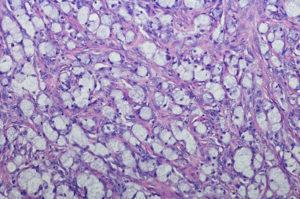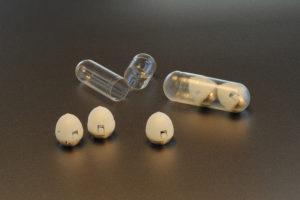
Transient Ischemic Attack (TIA): Symptoms & Treatment | Brigham and Women’s Hospital
A transient ischemic attack (TIA) occurs when there is a temporary loss of blood flow to the brain. TIAs, like strokes, can have various underlying causes.
A transient ischemic attack is the medical name for a condition that is often called a "mini-stroke." A TIA starts like a stroke—with a blockage of blood flow to the brain—but resolves on its own, usually within a few minutes. Transient ischemic attacks often don't cause lasting damage, but they are a warning that you are susceptible to a st...
A transient ischemic attack is the medical name for a condition that is often called a "mini-stroke." A TIA starts like a stroke—with a blockage of blood flow to the brain—but resolves on its own, usually within a few minutes. Transient ischemic attacks often don't cause lasting damage, but they are a warning that you are susceptible to a st...







